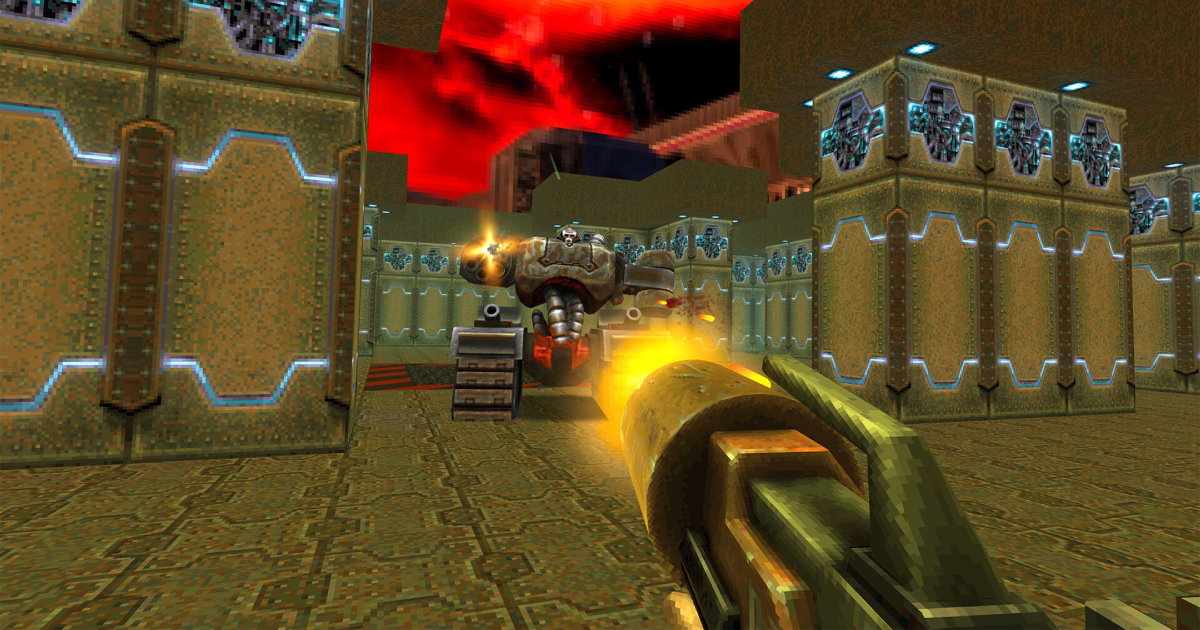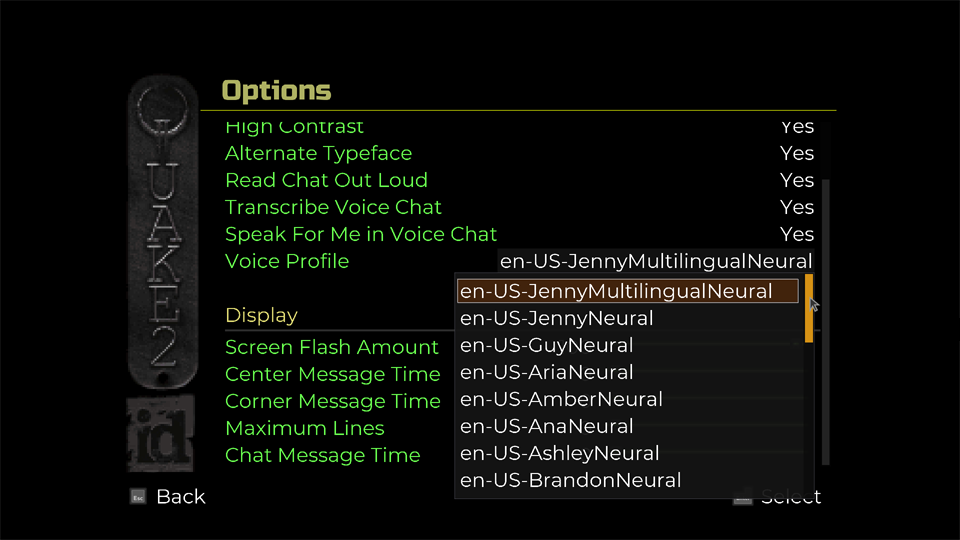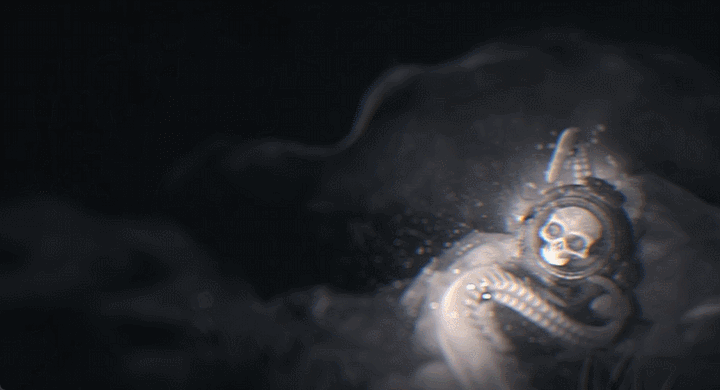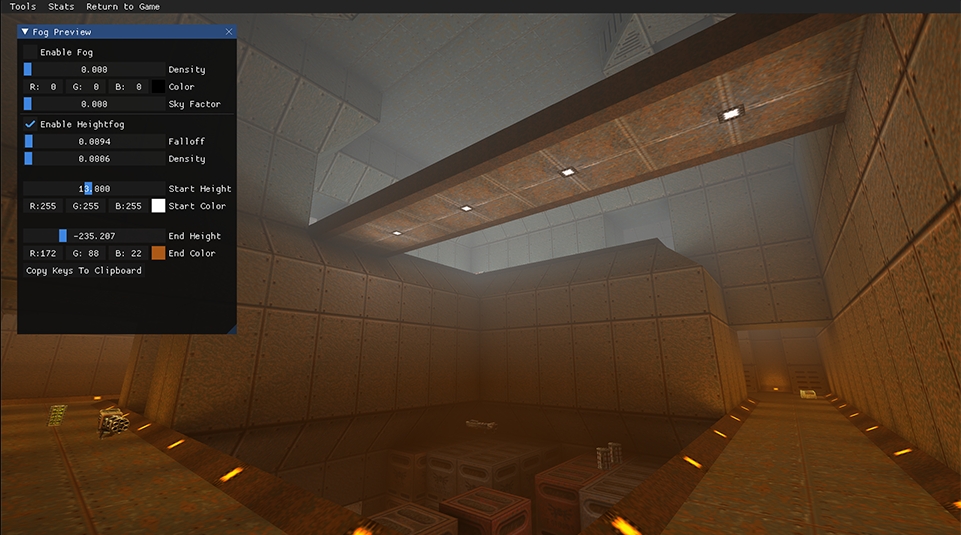The enhanced version of Quake II came out last week, offering updated graphics and even new content. Looking at all the technical and QoL improvements, it is safe to say that other companies would be better off taking a similar approach to rereleases and remasters of their old games.

Is the 2023 rerelease of Quake II a remaster?
Developed by Nightdive Studios in collaboration with id Software, the new version of Quake II is branded as the Enhanced Edition rather than a remaster. Although the line here is really thin, the amount of work put into this project is really impressive, especially compared to some of the other (much more expensive) rereleases in the market.
Unlike Quake II RTX, released by Nvidia in 2019 to showcase its ray-tracing technology, the enhanced version is available not only on PC, but also on current and last-gen consoles like PlayStation, Xbox, and Nintendo Switch.

Nigthdive Studios wanted to keep the feel and look of the original Quake II, so even with all the technical and visual improvements, it still resembles that classic game from 1997.
Below are the main features of the 2023 rerelease of Quake II:
- Original game with all expansions and mission packs + the Nintendo 64 port;
- Brand new expansion with 28 campaign levels and a Deathmatch map developed by MachineGames (Wolfenstein: The New Colossus);
- Gameplay and AI improvements, as well as the upgraded lightning and 3D assets;
- Crossplay, split-screen local multiplayer (up to eight players), and classic online modes;
- Accessibility features, including a tool for converting voice chat into text, high contrast options, and legibility improvements.
Not bad for the $9.99 price tag, especially given that players who already own Quake II on Steam, GOG, and Microsoft Store will receive the new version for free.

Quake II’s new accessibility options
Who are Nightdive Studios?
- Nightdive Studios was founded in 2012 by Stephen and Alix Kick, who previously worked as artists at Sony Online Entertainment (now Daybreak Game Company).
- The company was initially focused on obtaining rights to abandoned old games and rereleasing them on modern digital stores. Having published over 100 titles, it eventually started producing remasters and ports.
- Nightdive also has its proprietary framework called KEX Engine, which was created specifically for remastering and restoring retro titles.
- The list of classic games rereleased with the help of Nightdive Studios includes Quake, Doom 64, Turok, Noctropolis, Blood, and Shadow Man.
- Earlier this year, the studio launched a remake of System Shock, a 1994 first-person shooter from Looking Glass with a focus on exploration and one of the pioneers of the immersive sim genre. The development was funded through Kickstarter, raising over $1.3 million from 21k backers.
- In March 2023, Nightdive Studios was acquired by Atari for $10 million, with a potential earn-out of another $10 million over the next three years if the studio hits certain milestones. Speaking of the rationale for the deal, Atari said it wants to use Nightdive’s expertise in publishing and restoring classic games.
- The studio plans to keep making new and enhanced versions of classic IPs, with CEO Stephen Kick recently saying that the team would love to make a remaster of Epic Games’ Unreal.

How is the enhanced Quake II different from the original?
On August 10, id Software posted a detailed article about technical improvements in Quake II on the official Bethesda blog. Below are some takeaways about the upgraded visuals.
Lighting in Quake II is pre-calculated and baked into a BSP file that contains information about the 3D map (layout, objects, etc.) and is used by the engine to render it. For the enhanced version, the team made some important changes to compiling tools to improve lightning in maps, including those created by users.
For example, the ratio at which the game lights the world was significantly increased from 16:1 to 8:1, so now every 8 units map to one light sample. “The effect is subtle in areas with lots of diffused lighting, but areas with spotlights casting hard shadows benefit greatly,” id Software explained.
Other major lightning improvements include translucent textures that allow light rays to pass through and changes to liquid surfaces that can receive lightmaps like any other object. This means that water will no longer always appear at full brightness.

Increased Luxel Density in the enhanced Quake II (Image: id Software)
When it comes to graphics, the devs wanted to improve the look of Quake II while remaining faithful to the original game in its style. “We were able to recover the original animation files for most of the models in the game and used these high-resolution animations to create skeletal animations for the enhanced models, eliminating the wiggle,” id Software said.

Improved weapon animation (Image: id Software)
The new version of Quake II supports glowmaps to specify which areas of the texture should glow. On top of that, there are now more fog options, including a height-based fog, which allows mappers to customize its start and end colors.

Fog options in the enhanced Quake II (Image: id Software)
In recent days, some of the artists working on the Quake II remaster have also shared their work on social media. “I want to give a shout-out to the amazing and supportive art team that painstakingly went through every single weapon, pickup, and enemy to polish them up and make them look as good as they do today!” 3D artist Jonatan Pöljö wrote.
Here’s a few examples of the kind of restoration work that went into the quake 2 remaster assets: pic.twitter.com/KmiOk2KJ1r
— Jonatan Pöljö | @[email protected] (@eldrone) August 11, 2023
Below is a also comparison of the Proximity Launcher model from the original Quake II (198 triangles) and the new version (1806 triangles). According to artist Azure Midsummer, “lowspec 3D is genuinely one of the coolest art forms. So restrictive yet liberating due to the inherent limitations. Forcing one to innovate and develop a unique style.”
198 tris // 1806 tris pic.twitter.com/uEnMWfVJ6Y
— Azure Midsummer (@millenia3d) August 17, 2023
More technical details and information about other improvements, including AI, sound, and bots, can be found in id Software’s full breakdown.
The source code is now available online
Shortly after the remaster’s launch, id Software released the source code for both the 2023 version of Quake II and the original game. The repository is available on GitHub.
It is primarily intended for modders. “The rerelease of Quake II uses a new version of the API to communicate between the server & the game module,” the description reads. “It also introduces a very thin ‘client game’ module, akin to Quake III Arena’s cgame module, to allow for extended modding opportunities that change previously hardcoded client behavior. It also has a new network protocol, version 2023.”
The source code, distributed under the GNU General Public License, is a combination of the separate game modules that were part of the original Quake II: baseq2, ctf, rogue, and xatrix.
id Software noted that while it can’t provide support for this release, it urges users to “take advantage of the depth of community-driven resources already available.”

***
Launched on August 10, the enhanced Quake II was met with positive reviews from both players and critics. It currently holds an average score of 90 on Metacritic, and 92 on OpenCritic. According to SteamDB, he game also peaked at 2,766 concurrent players, indicating a new wave of interest in the classic FPS.
